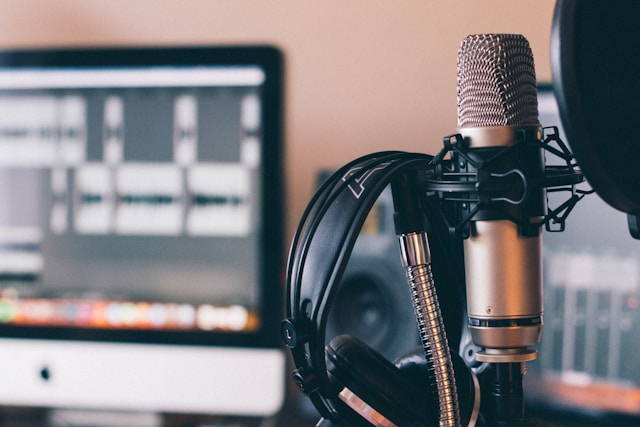Audio production is the process of creating and manipulating sound recordings to achieve a desired result. It involves various stages, from capturing raw audio to editing, mixing, and mastering it for distribution.
Here’s a breakdown of the key stages in audio production:
- Pre-production: This stage involves planning and preparation before recording begins. It includes tasks such as selecting equipment, setting up recording spaces, writing scripts (for podcasts or voiceovers), and planning the overall sound design.
- Recording: This is the process of capturing audio using microphones, instruments, and other sound-capturing devices. It can involve recording dialogue, music, sound effects, or any other audio elements needed for the project.
- Editing: Editing involves manipulating recorded audio to improve its quality and coherence. This includes tasks such as trimming unwanted sections, adjusting volume levels, removing background noise, and adding effects.
- Mixing: Mixing is the process of blending multiple audio tracks together to create a balanced and cohesive sound. It involves adjusting the levels, panning audio across the stereo field, and adding effects such as reverb or equalization to enhance the overall sound.
- Mastering: Mastering is the final stage of audio production, where the finished mix is prepared for distribution. It involves optimizing the overall sound quality, ensuring consistency across different playback systems, and creating the final master copy for duplication or online distribution.
Throughout these stages, audio producers use various tools and software, such as digital audio workstations (DAWs), audio plugins, and hardware equipment, to manipulate and enhance the sound according to the artistic vision of the project.
Created by Dream India Production







